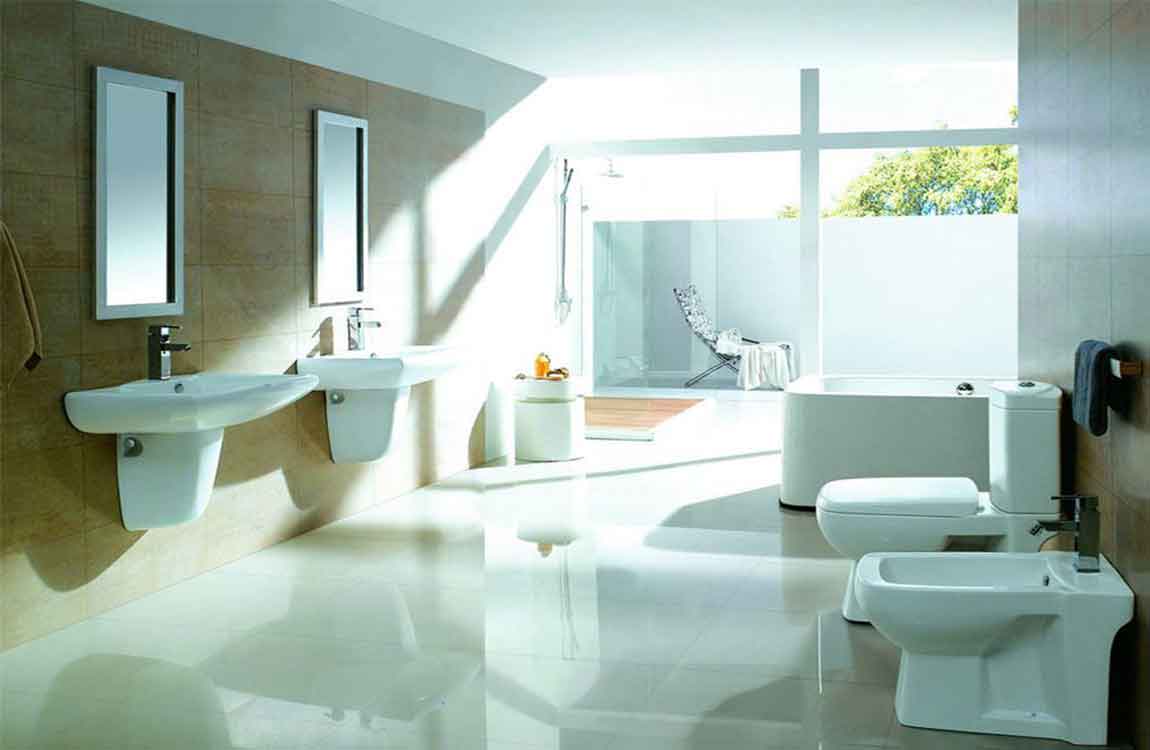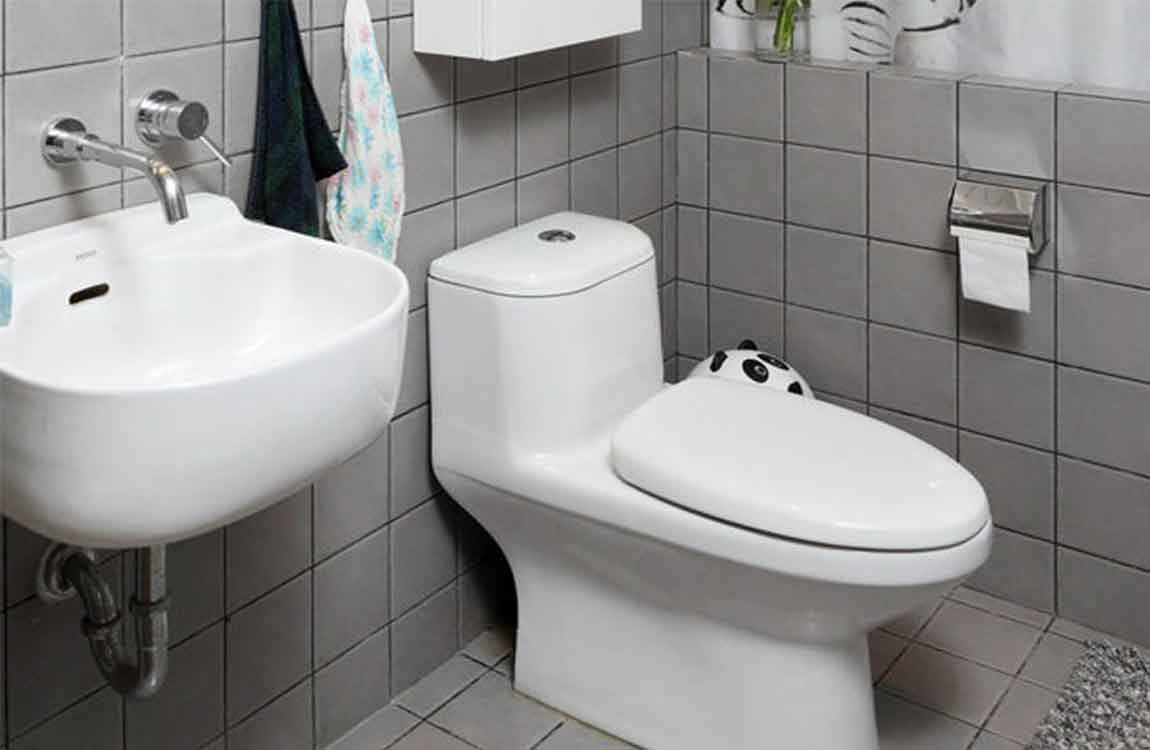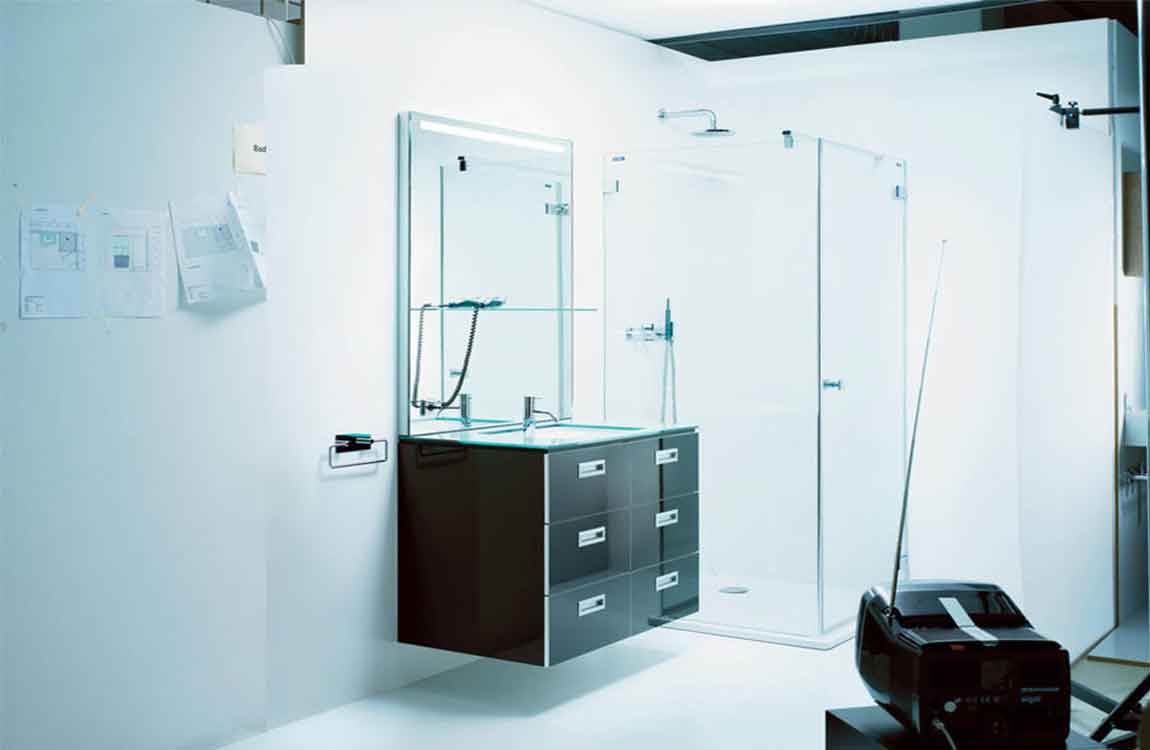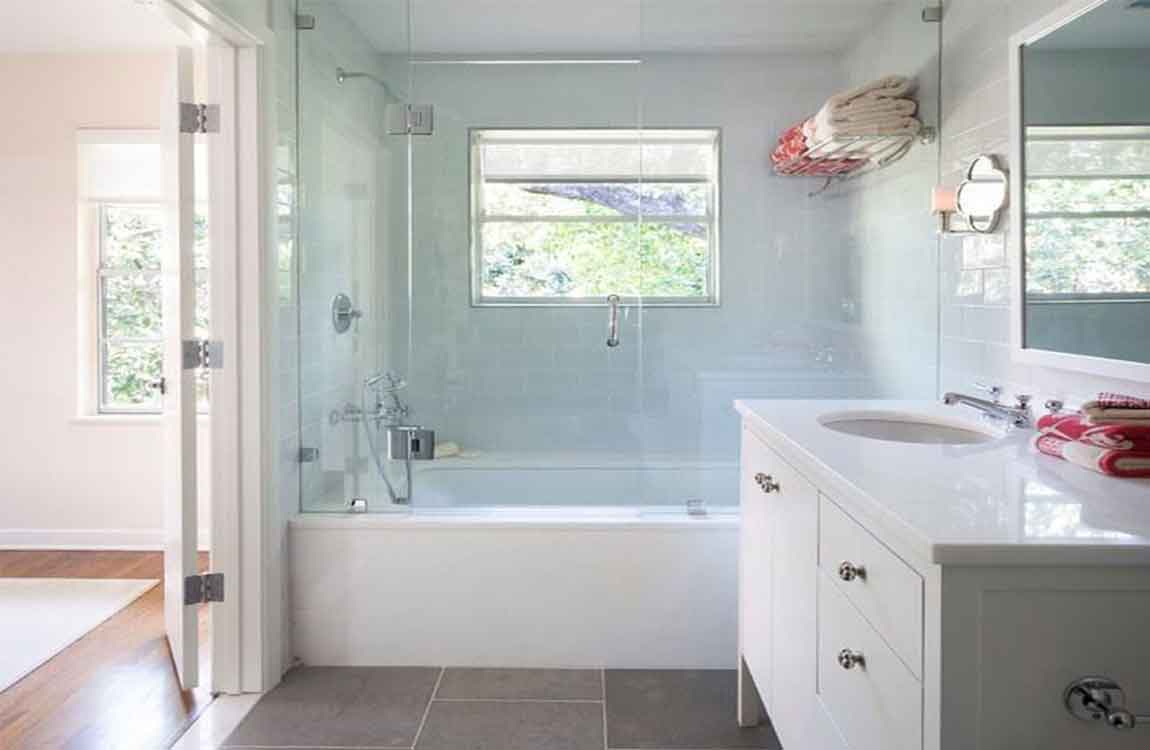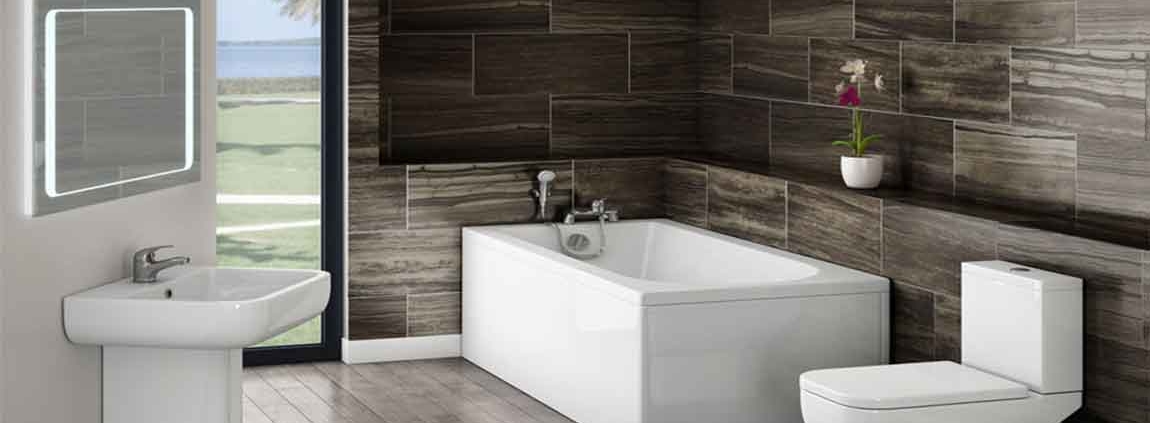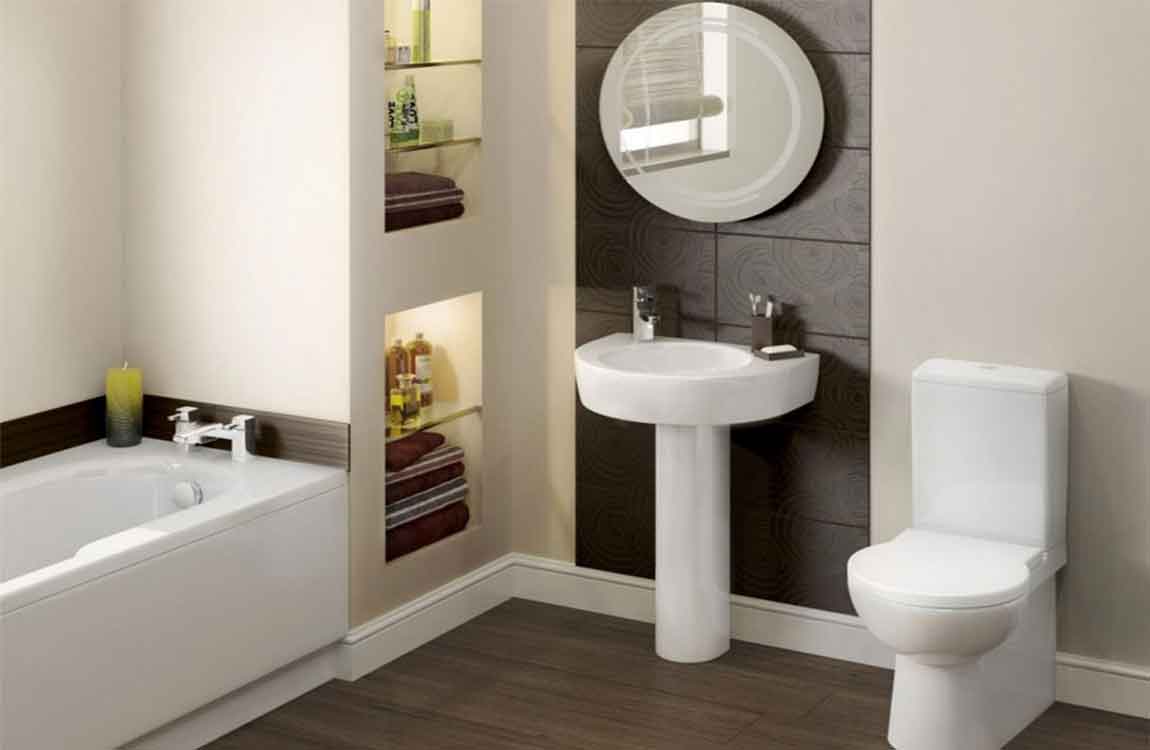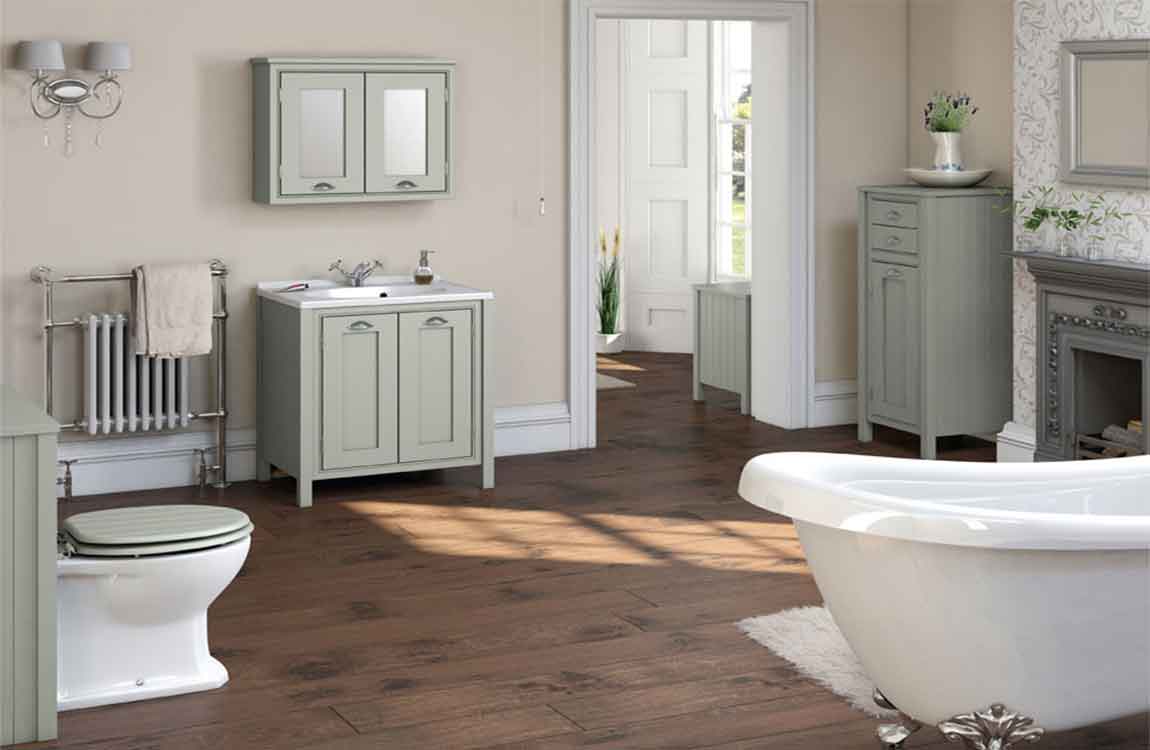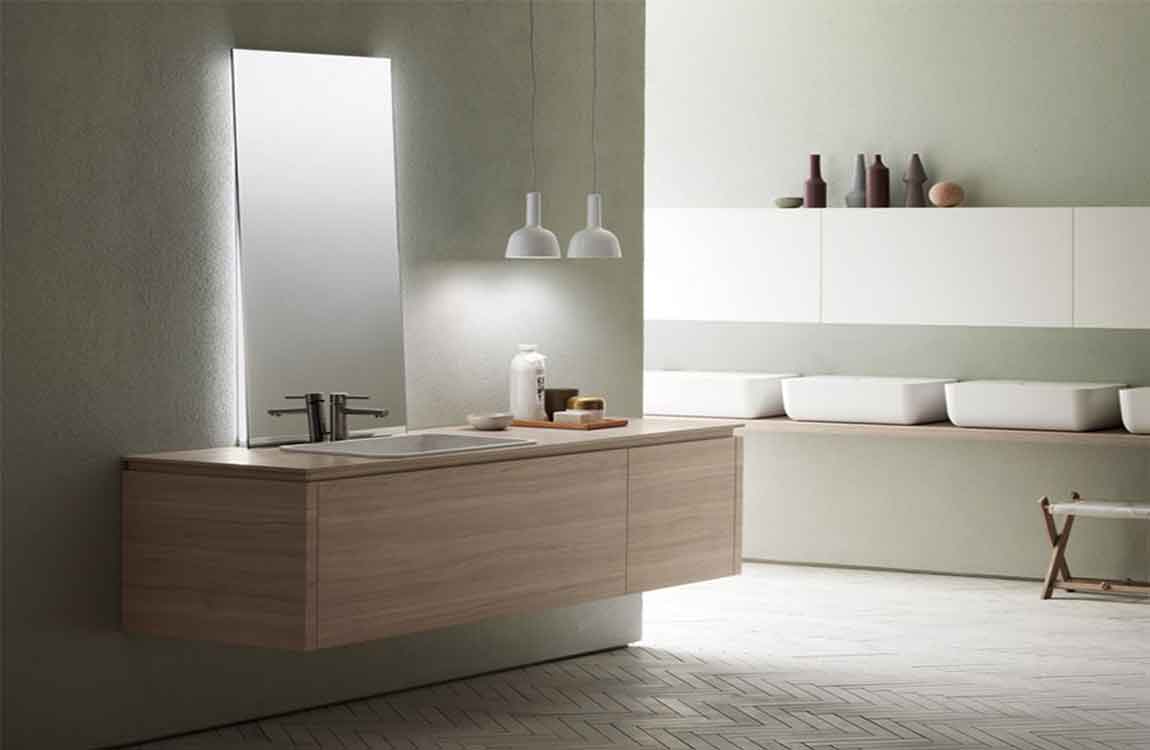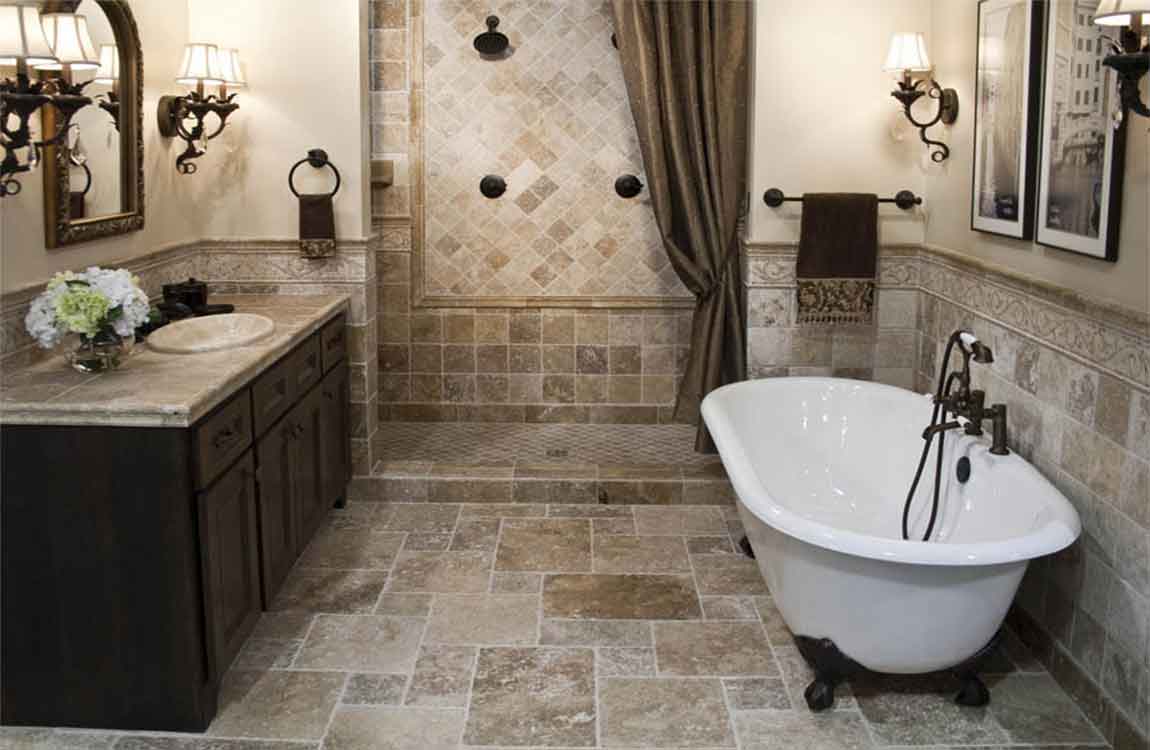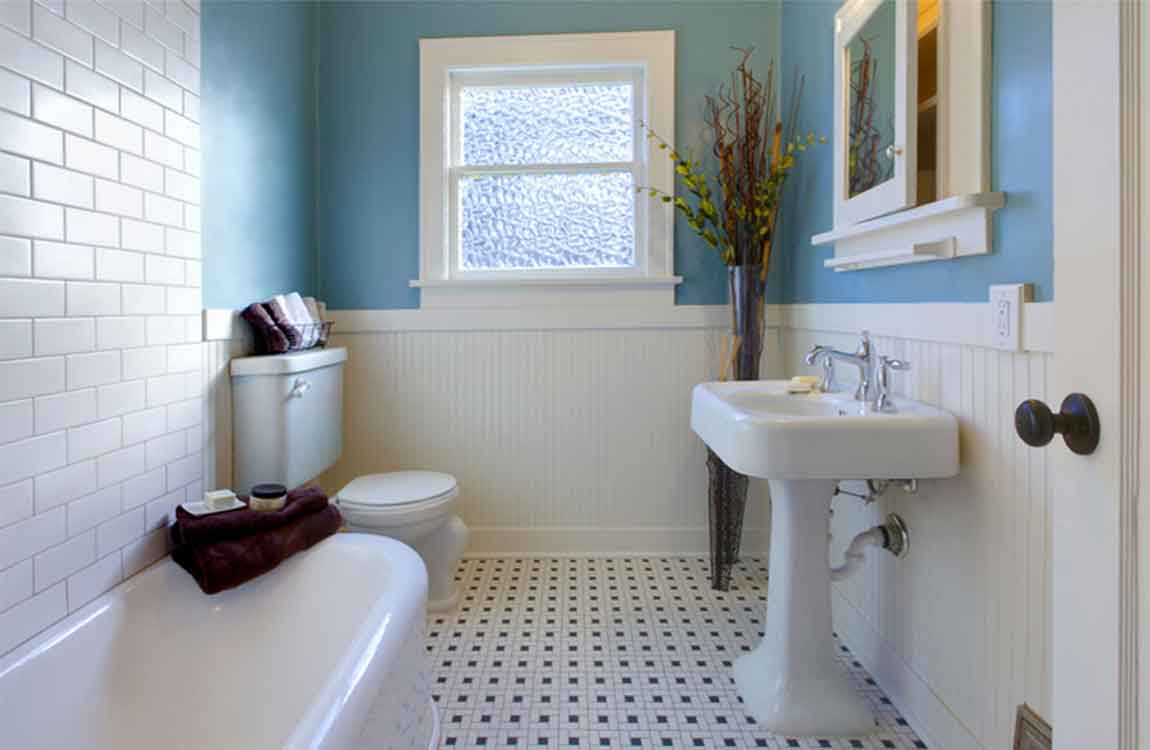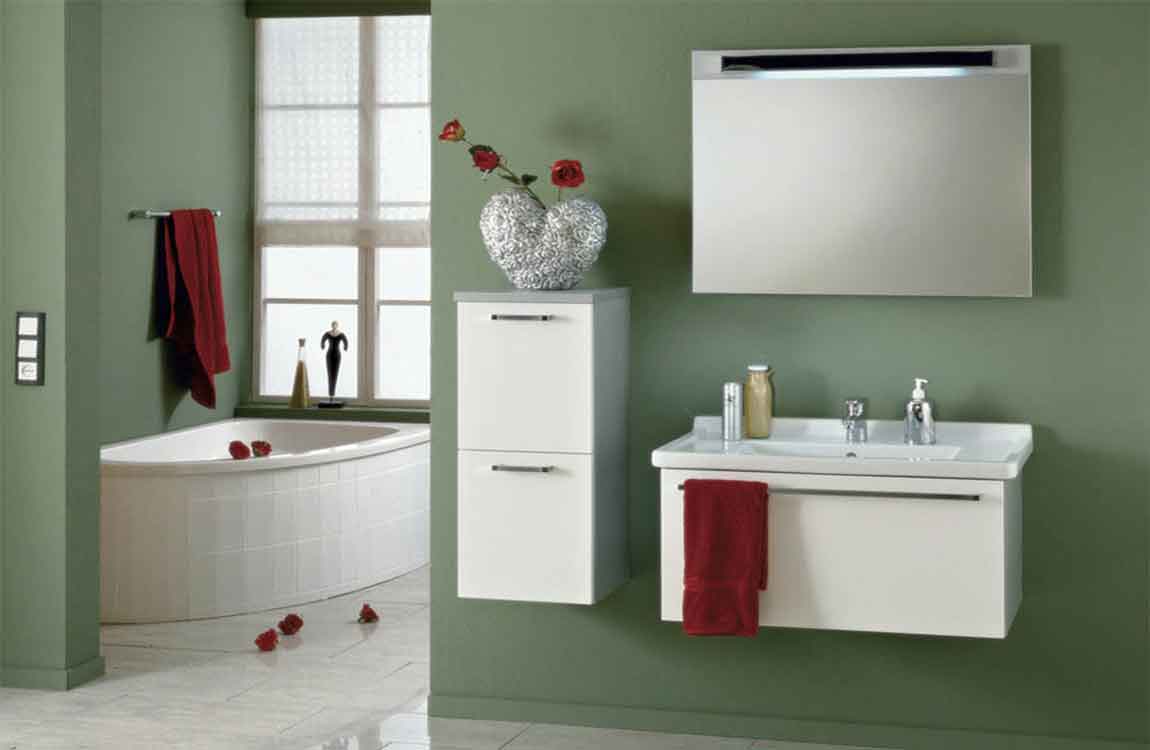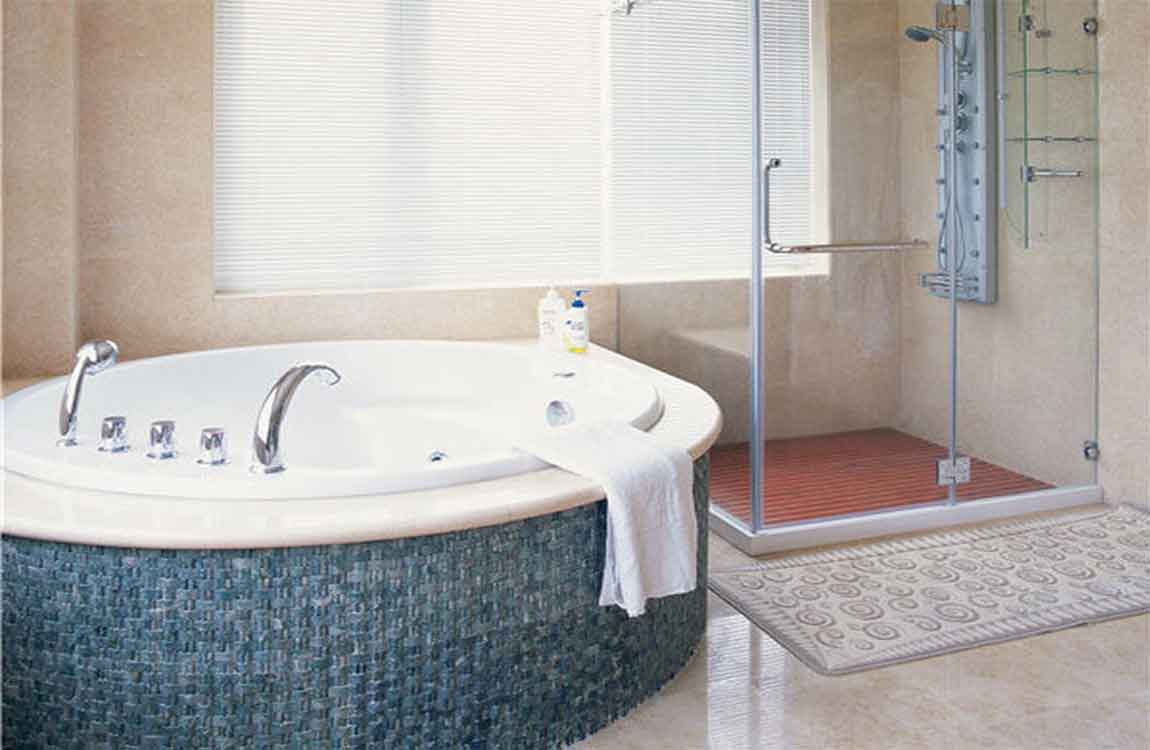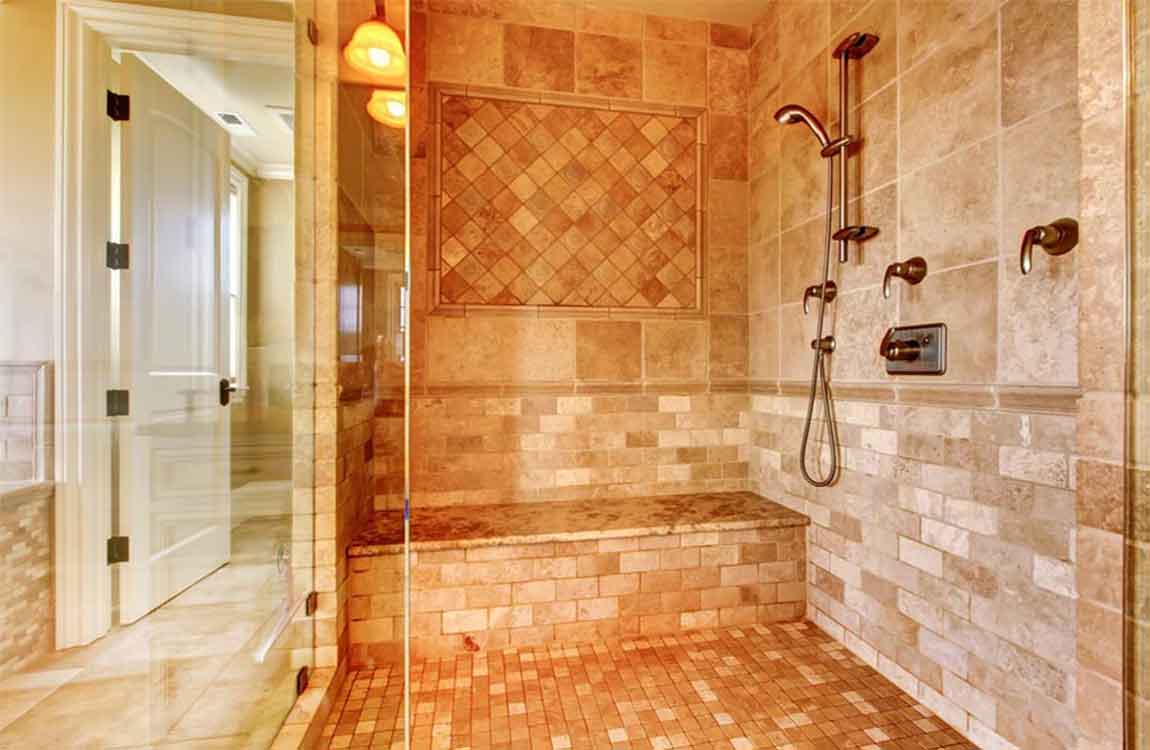How Installing the New Tub?
Slide the new tub in place so the flanges rest on the ledger boards. Have a partner help you slide your new tub into place. Feed the drain shoe into the hole in the floor, and set the rest of the tub down. Make sure the tub is level one more time before securing it to the wall. Make sure the tub is in full contact with the floor so the ledger boards aren’t supporting the full weight.
Screw or nail the tub into the studs. Use screws or nails that are 2–3 in (5.1–7.6 cm) long to secure the tub flange to the the studs. Work slowly so you don’t accidentally crack your tub. Put 1 nail or screw into each stud to keep it in place. Tip: If there are any gaps between the studs and the tub flange that are 1⁄8 in (0.32 cm) or larger, put wooden shims in before you put in nails or screws.
Use hardwood shims since soft wood can deform over time. Connect the drain shoe to the pipes. Access your pipes from the hole you cut in the room adjacent to your bathtub. Use a pipe wrench to tighten the drain shoe to the P-trap until it’s completely secure. Squeeze a ring of silicone sealant around the pipe and P-trap for another layer of protection from leaks.
Reattach the faucet. If the faucet had a screw, put the faucet back on with a screwdriver and turn it clockwise. If the faucet screwed off by itself, twist it back on by hand and use a pipe wrench to secure the faucet in place completely.
Fill the tub and test for leaks the day after it’s installed. Let the sealant on your tub dry for 1 day so it’s completely set. Turn the water valve back on and let it fill the tub. Listen for any dripping noises and watch for any noticeable leaks near your drain or on your pipes. If you find any leaks, use more sealant around the leaking area.




